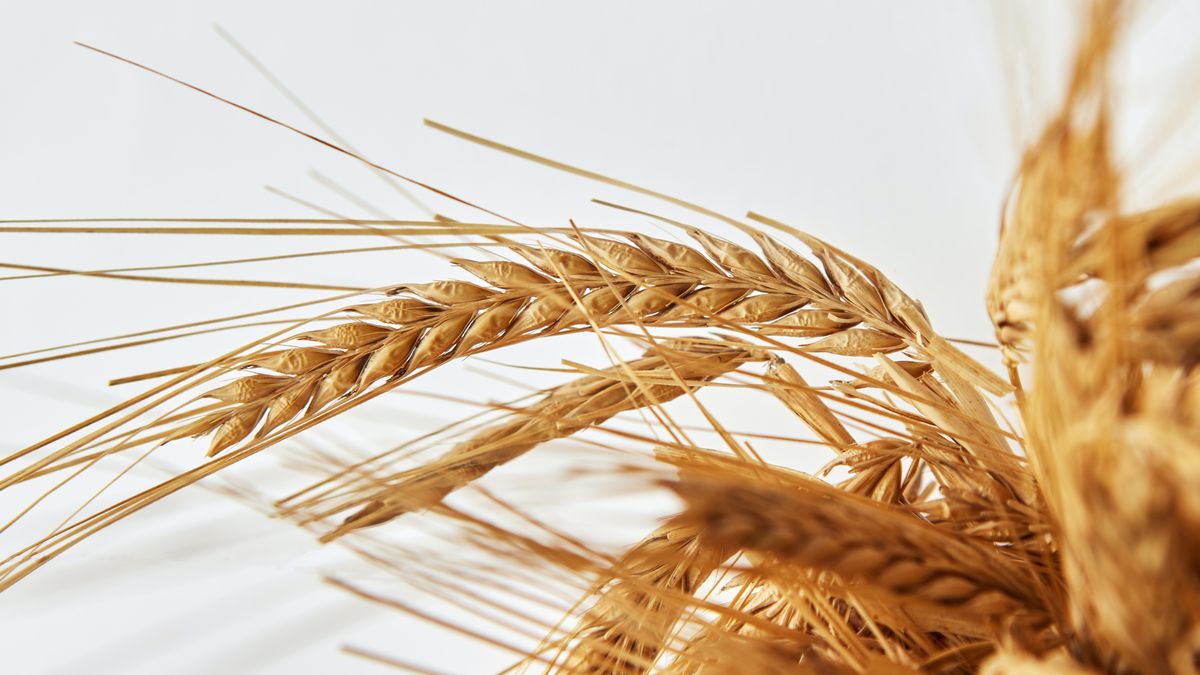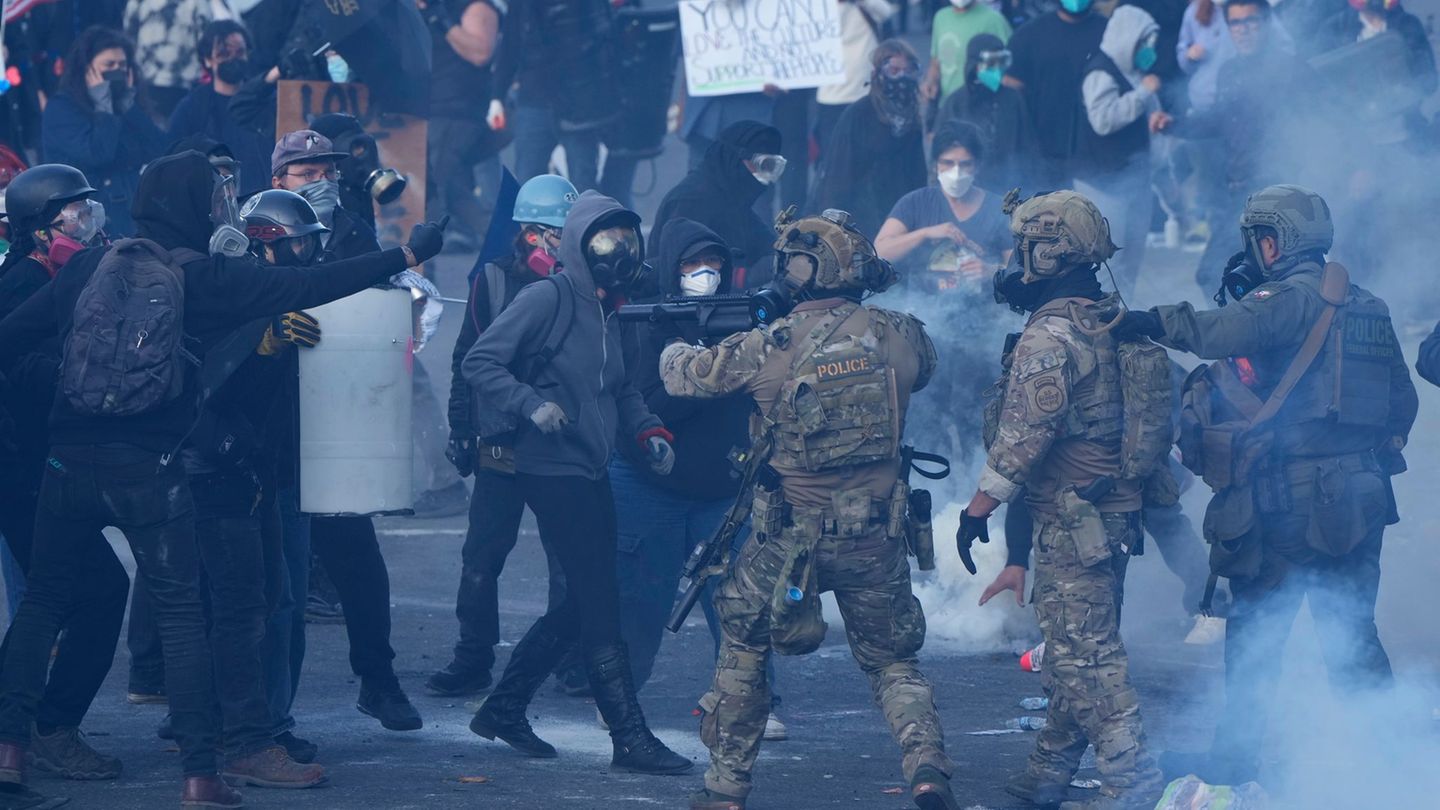Thus, so far this year, wheat accumulates a rise of 44.27%, followed by soybean oil, with an increase of 39.68%; corn, 33.71%; and soybeans, with a rise of 6.28%.
In a dialogue with Télam, FyO’s analysis and consulting manager, Dante Romano, explained that the grain market is currently looking at three fundamental issues: the drought in South America and its effects on a harvest that is still going on; the war in Eastern Europe; and uncertainty regarding North American production.
In the case of the lack of rains that afflicted Argentina, Brazil and Paraguay -which affected the production of soybeans and corn with cuts that are still ongoing-, Romano said that “those losses have already been discounted by the market.”
The issue now focuses on the war between Russia and Ukraine, which is one of the main factors that continues to cause strong volatility in the grain market, since in the latter country “There is an impossibility of shipping 15 million tons of corn, a lot of wheat and sunflower oil.”
“There the question is whether or not once the conflict is over, it will be possible to ship quickly or not said merchandise. of a drop of up to 50% in production, in addition to the lack of supplies, labor and that there are occupied territories,” warned the specialist.
Finally, the third component that guides prices “It is the soybean and corn campaign that is beginning in the United States, as well as the winter wheat campaign.”
In the case of the latter, there are plots that have the “worst quality in the last 26 years”, while for the sowing of coarse grains “a larger area of soybeans is expected to the detriment of corn, due to the rise in the price of fertilizers.
With a more focused vision, the head of the Market Analysis Department of the Grassi brokerage, Ariel Tejera, focused his attention on the Russian-Ukrainian conflict.
“When analyzing the war, multiple edges and impacts on the markets can be highlighted. To begin with, in the short term, it has generated interruptions in shipments and in the availability of merchandise, negatively affecting supply. Meanwhile, towards the medium term, it is discounted an effect on planting decisions in Ukraine, with a reduction in area that could reach 40%,” Tejera pointed out.
“Given the extension in time, a share of uncertainty is added to the markets, regarding the outcome and when the scenario in the Black Sea region will normalize. The end is still open,” he added.
For his part, the market analyst Carlos Etchepare considered that “The market is going to continue to be very volatile.due to the combination of the effects of the pandemic with that of the war.
“This combination has greatly revitalized the value of food as a strategic issue and that has made the world stock up on food based on a change in policies in those more protectionist countries, such as the United States or the European Union, anticipating that they may lack food,” he said.
“In this context, prices are going to remain firm. However, this does not mean that they are going to continue rising. Current prices are already very good and what you have to think about is that demand has a payment capacity limit. Perhaps we are close” to the end of the uptrend, Etchepare concluded.
Source: Ambito
David William is a talented author who has made a name for himself in the world of writing. He is a professional author who writes on a wide range of topics, from general interest to opinion news. David is currently working as a writer at 24 hours worlds where he brings his unique perspective and in-depth research to his articles, making them both informative and engaging.




